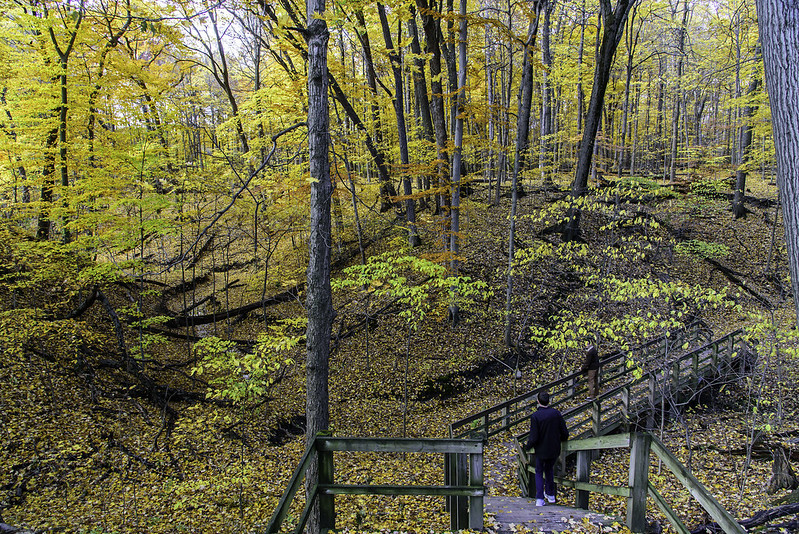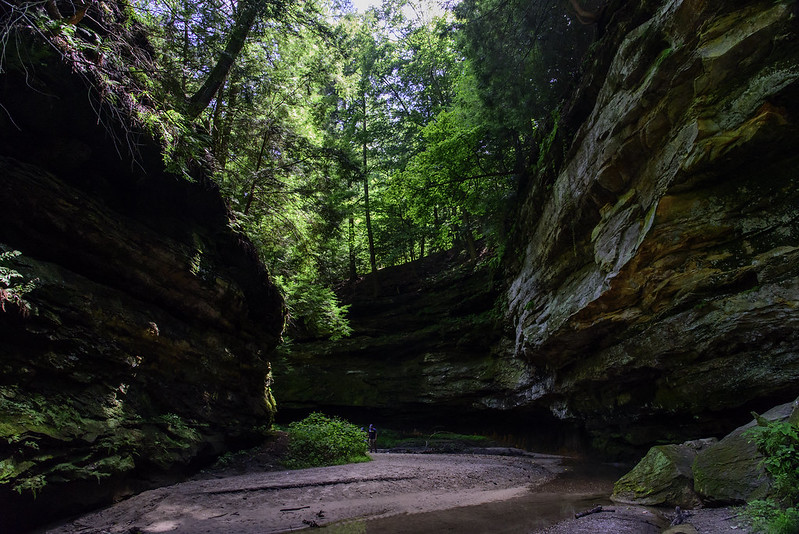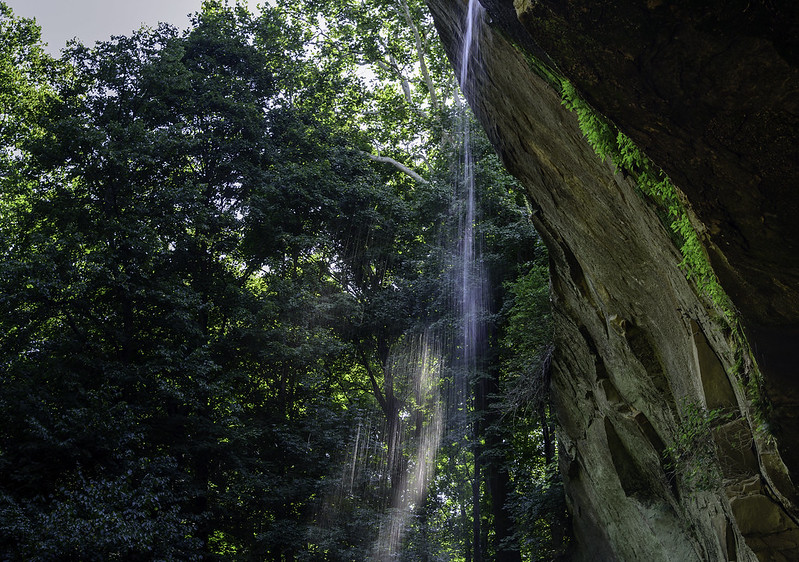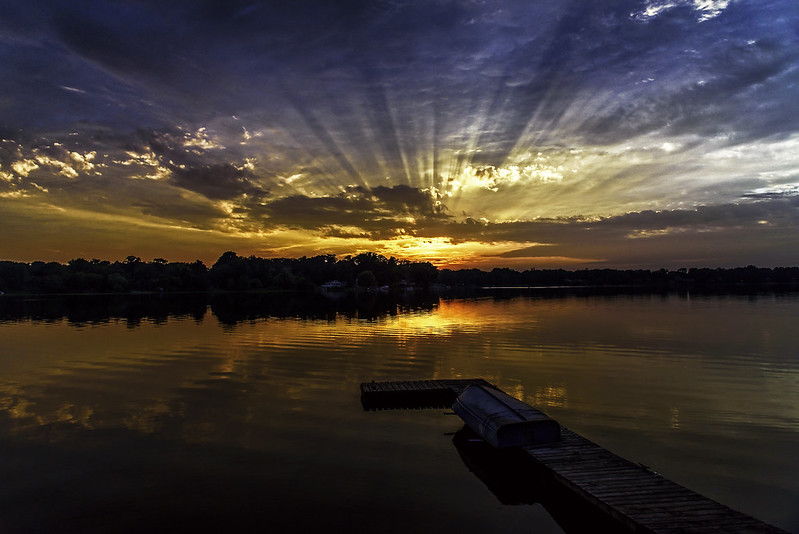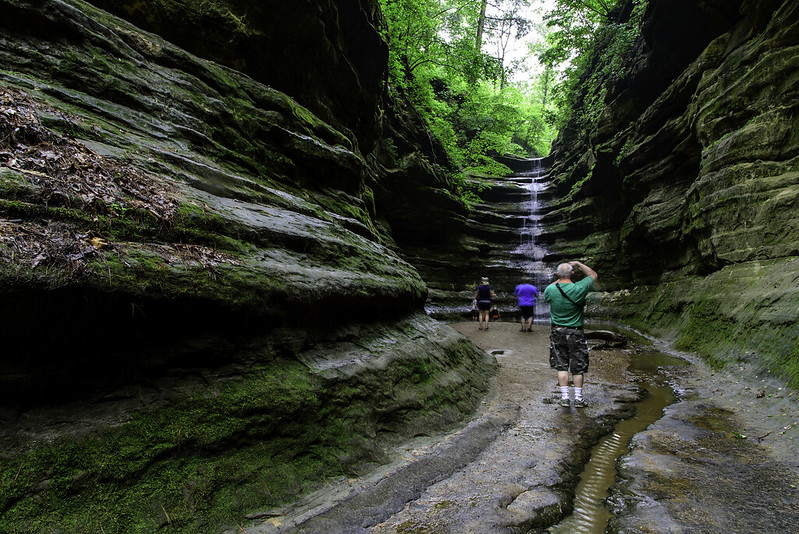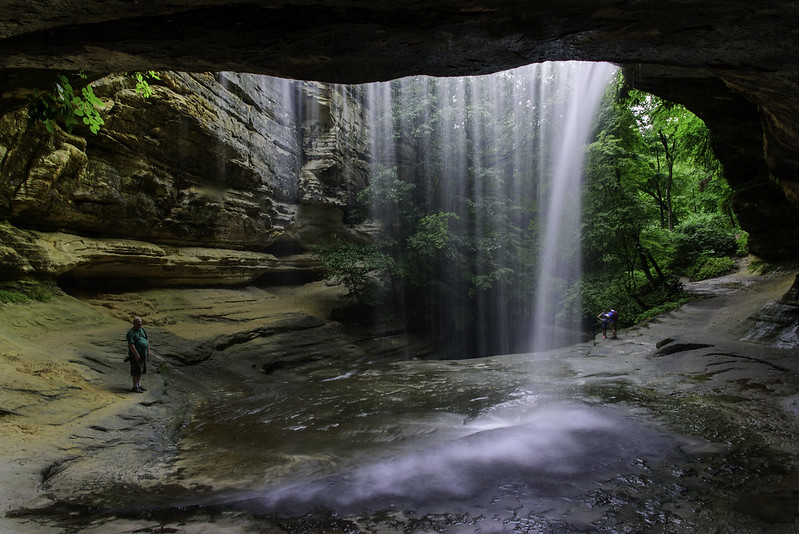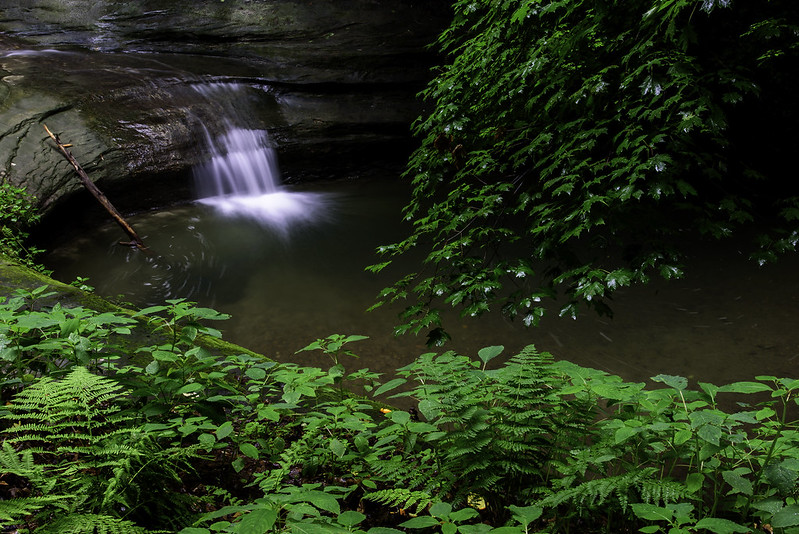
Just outside of Franklin Grove, Illinois, and a few miles from Dixon, lies 3600 acres of Illinois prairie. Much of it is in the process of restoration, but there are many rare remnants of natural prairie, savanna, and wetlands withing the boundaries.
Volunteers work to remove non-native species of plants from the grassland, and also plant native prairie plants and flowers. Visiting Nachusa gives visitors a glimpse back into Illinois natural history, before agriculture and the introduction of European and other non-native plants. This is what the real prairie was, and IS.

I have to admit, at first I was a bit lukewarm to the thought of exploring a prairie. I can think of flowers, bugs, and birds as subjects for photography, but not much else. After reading a bit about the prairie restoration, and realizing this wasn't like any "prairie" I've seen before, I was intrigued. Many of the plants I've come to think were prairie plants were actually invasive, and absent from Nachusa. I began to appreciate the prairie a lot more without these tall, spiny weeds I see everywhere else.
Another strong motivating factor was the fact that Nachusa allows - actually encourages- visitors to explore on the trails AND OFF. You can go where you want. If you wish to walk through the 4 foot tall plants to see the rocky hill, go ahead. They even encourage you to wade or swim in the creeks along some of the trails. Where else can you do that?!
Most state parks discourage and fine visitors for wandering off the trail - this is so refreshing. My son had the right response to allowing people to walk anywhere in the prairie: "Two feet walking through the prairie will do a lot less damage than the bison that roam here." And there are bison here, around 100. The bison areas and the crumbling rocks are the only places off limits to visitors - that makes sense, it's for their own safety.

I never really thought of prairie as having rolling hills or rocky hills sprinkled around every so often, but this is real Illinois. I'll bet these rocky areas prevented people from farming them - and in doing so, kept them intact for the
Friends of Nachusa to preserve, restore, and share with everyone.
 A short side trip to the St. Joseph, Michigan lighthouse on a cold, windy morning revealed a tiny bit of ice beginning to form on the lighthouse and the catwalk. Not dramatic yet, if this weather continues for a few days, the entire lighthouse could be covered in ice. Generally the ice begins to form in mid to late December, right before Christmas, but this year it's starting early. The weather probably won't be cold or windy enough yet to produce anything nearly as dramatic as past winters, but one never knows- two years ago, the ice formed a week before Thanksgiving.
A short side trip to the St. Joseph, Michigan lighthouse on a cold, windy morning revealed a tiny bit of ice beginning to form on the lighthouse and the catwalk. Not dramatic yet, if this weather continues for a few days, the entire lighthouse could be covered in ice. Generally the ice begins to form in mid to late December, right before Christmas, but this year it's starting early. The weather probably won't be cold or windy enough yet to produce anything nearly as dramatic as past winters, but one never knows- two years ago, the ice formed a week before Thanksgiving.  Along with the cold and wind came the gloomy overcast sky, making the images rather blue and cold. As we headed over the dunes toward the lake, we encountered two men in a makeshift shelter. Probably birdwatchers or photographers, the shelter blocked much of the wind keeping them a bit warmer than us. In addition, the shelter could have acted as a blind, making them invisible to the migrating birds. Each year I've visited this lighthouse a week before Christmas to gauge the ice forming, and every year without fail, I've run into Tim, a birdwatcher set up on the pier. He keeps track of the species of birds migrating through the area, and we talk a bit about the lake, lighthouse, and natural parks in the area. I'm sure in a few weeks when I head back, I'll run into Tim once again, making this the 7th or 8th year in a row we've run into each other on the lighthouse pier on a brisk, winter morning.
Along with the cold and wind came the gloomy overcast sky, making the images rather blue and cold. As we headed over the dunes toward the lake, we encountered two men in a makeshift shelter. Probably birdwatchers or photographers, the shelter blocked much of the wind keeping them a bit warmer than us. In addition, the shelter could have acted as a blind, making them invisible to the migrating birds. Each year I've visited this lighthouse a week before Christmas to gauge the ice forming, and every year without fail, I've run into Tim, a birdwatcher set up on the pier. He keeps track of the species of birds migrating through the area, and we talk a bit about the lake, lighthouse, and natural parks in the area. I'm sure in a few weeks when I head back, I'll run into Tim once again, making this the 7th or 8th year in a row we've run into each other on the lighthouse pier on a brisk, winter morning.



